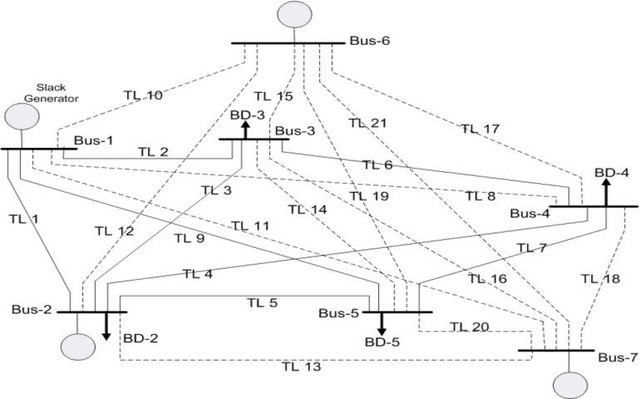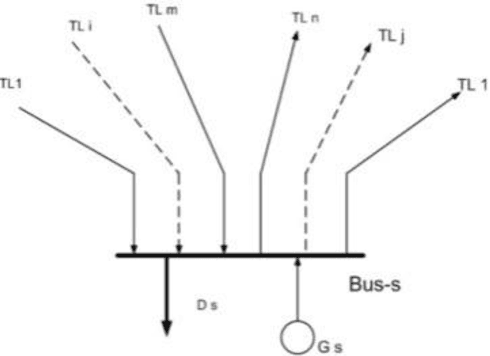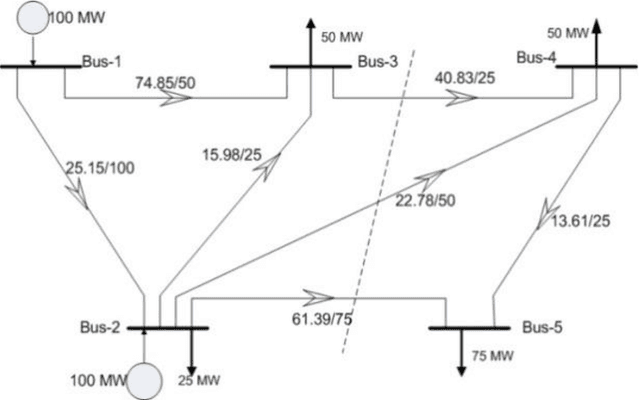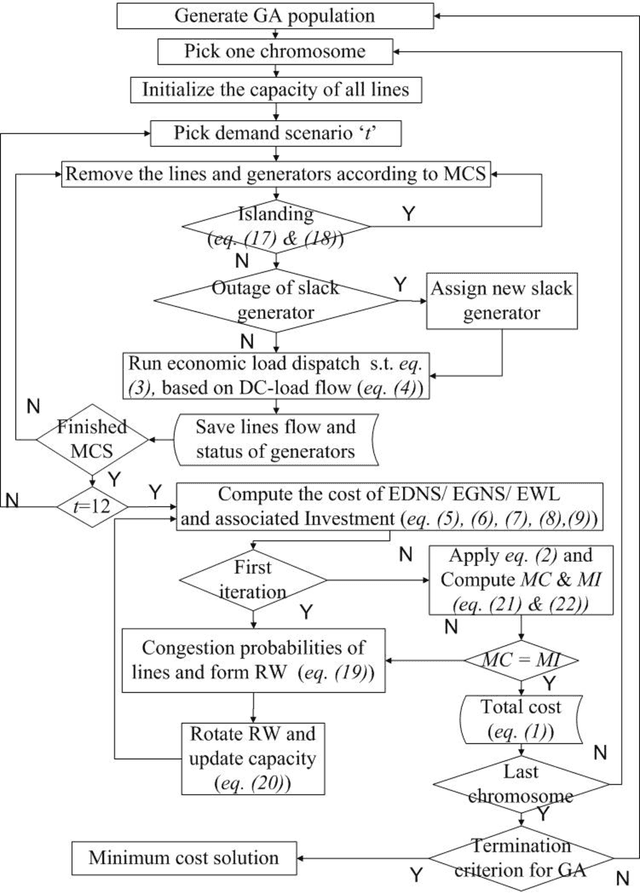A Probabilistic Transmission Expansion Planning Methodology based on Roulette Wheel Selection and Social Welfare
Paper and Code
Mar 12, 2012



A new probabilistic methodology for transmission expansion planning (TEP) that does not require a priori specification of new/additional transmission capacities and uses the concept of social welfare has been proposed. Two new concepts have been introduced in this paper: (i) roulette wheel methodology has been used to calculate the capacity of new transmission lines and (ii) load flow analysis has been used to calculate expected demand not served (EDNS). The overall methodology has been implemented on a modified IEEE 5-bus test system. Simulations show an important result: addition of only new transmission lines is not sufficient to minimize EDNS.
* 22 pages, 4 figures
 Add to Chrome
Add to Chrome Add to Firefox
Add to Firefox Add to Edge
Add to Edge